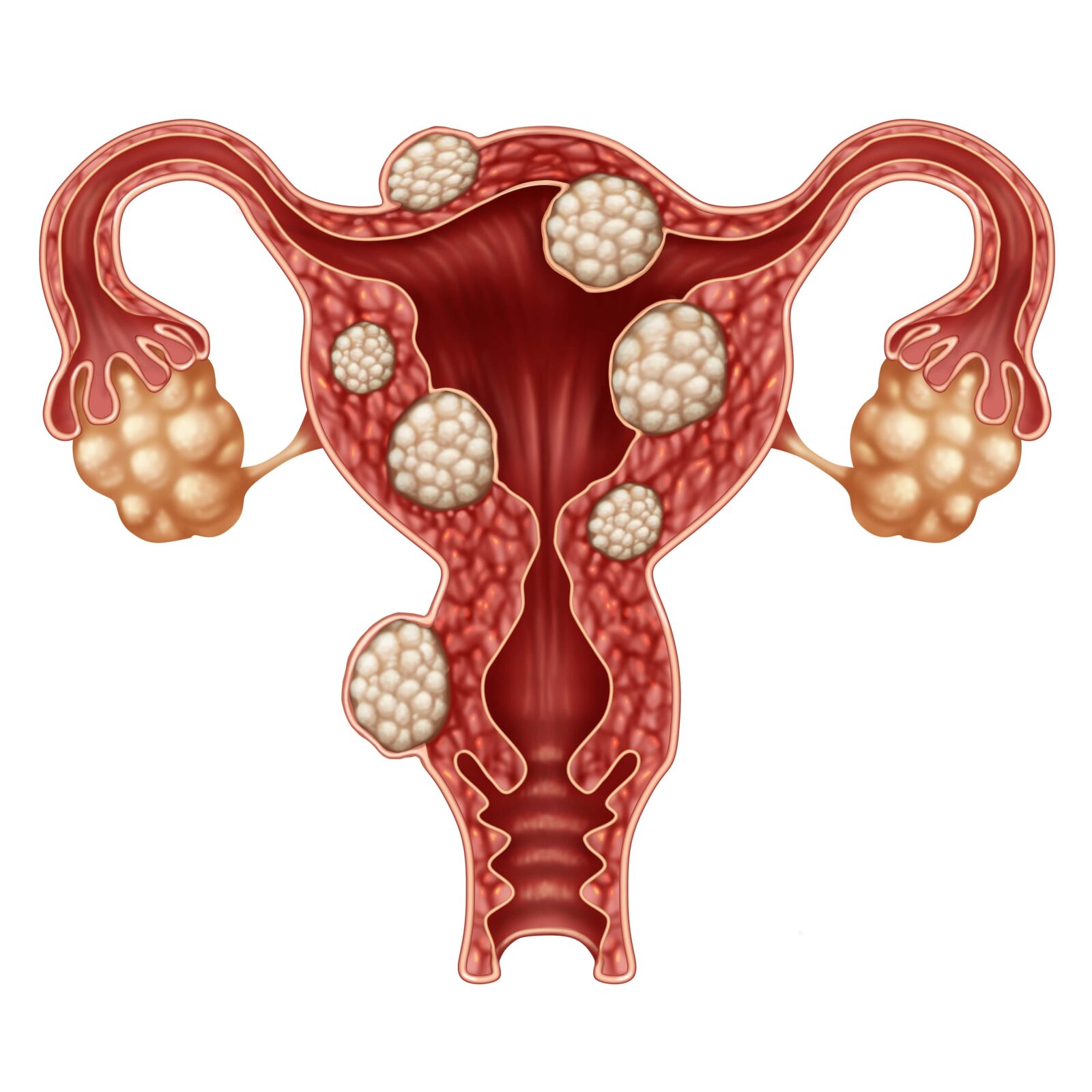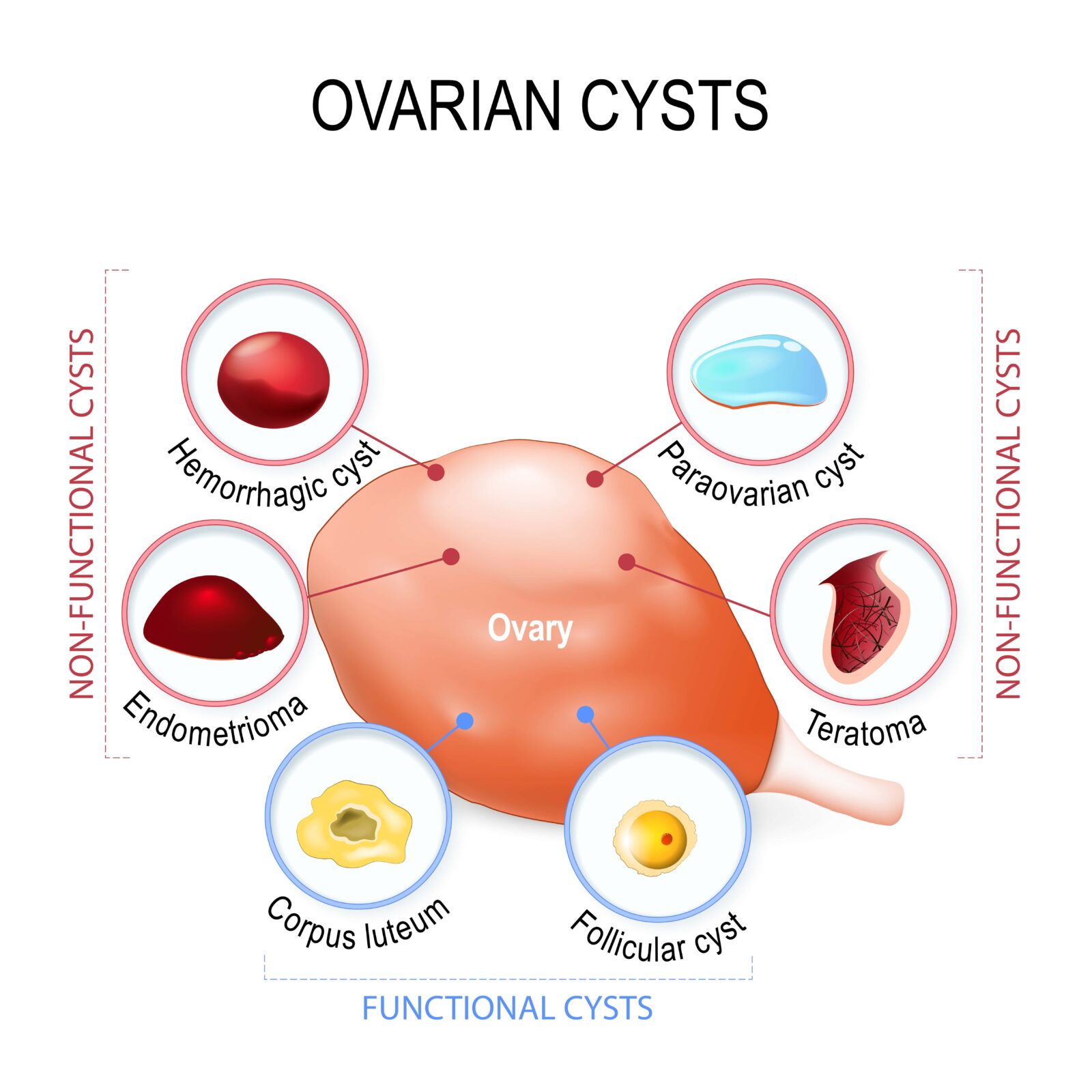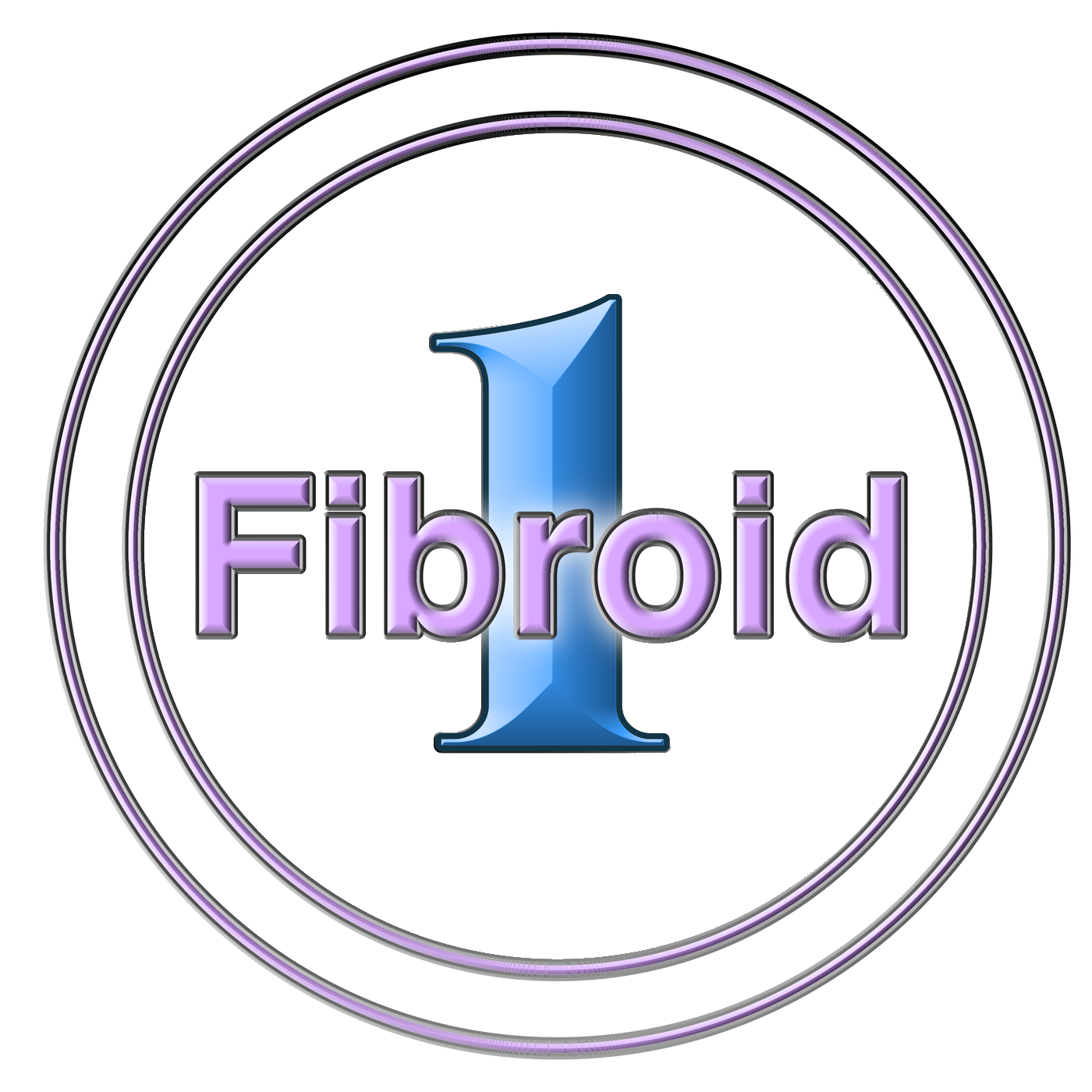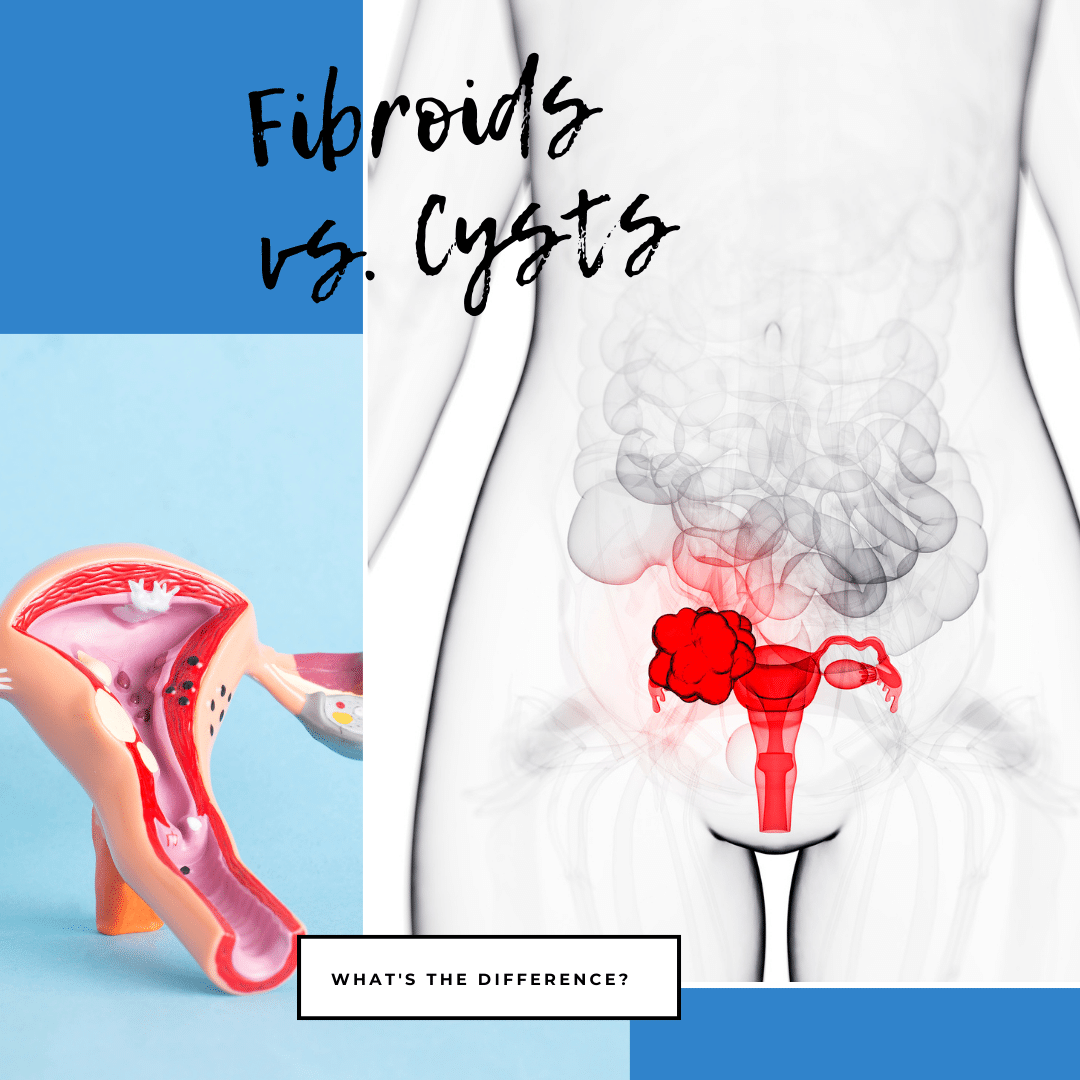Are you confused about the difference between uterine fibroids and ovarian cysts? You’re not alone! These two conditions are often mistaken for each other, but they are actually quite different. In this blog post, we will compare and contrast uterine fibroids and ovarian cysts. We will discuss their similarities and differences, as well as how they are diagnosed and treated. By the end of this blog post, you will have a better understanding of these two conditions and be able to make an informed decision about your health care!
What are uterine fibroids?

Uterine fibroids are non-cancerous growths that develop in the uterus. They are also known as myomas or leiomyomas. Uterine fibroids can vary in size, from very small (less than a quarter of an inch) to large (several inches). Fibroids can grow on the outside of the uterus, in the muscular wall of the uterus, or even inside the cavity of the uterus. Depending on their size, number, and location, uterine fibroids can cause the following symptoms:
- Heavy and/or prolonged menstrual periods
- Pelvic pain and pressure
- Urinary problems, such as difficulty urinating or a feeling of needing to go more often than usual
- Constipation
- Backache and/or pain in the buttocks and legs
- Difficulty getting pregnant
- Feeling of fullness in the lower abdomen and/or visible stomach bulge
- Fatigue due to anemia
What are ovarian cysts?

Ovarian cysts are also non-cancerous growths, but they develop in the ovaries (rather than the uterus). Like uterine fibroids, ovarian cysts can vary in size. However, most ovarian cysts are much smaller than fibroids. Cysts are fluid-filled sacs that can grow on the surface of the ovary or within the ovary itself.
It is important to note that the ovaries grow cysts as a normal part of ovulation. These cysts are known as corpus luteum or follicular cysts. Most corpus luteum and follicular cysts dissolve on their own within a few days or weeks. However, some cysts can grow larger and become problematic. Although most cysts don’t cause symptoms, the following are symptoms of large ovarian cysts:
- Pelvic pain (often sharp and/or severe and on one side)
- Abdominal bloating
- Difficulty urinating or defecating
- Unexplained weight gain
- Pain during sex
If an ovarian cyst ruptures, it can cause severe pelvic pain. A ruptured cyst can also lead to internal bleeding. If you experience any of these symptoms, it is important to see a doctor right away.
What are the differences between uterine fibroids and ovarian cysts?
There are several key differences between uterine fibroids and ovarian cysts:
- Uterine fibroids grow in the uterus, while ovarian cysts grow in the ovaries.
- Fibroids can grow on the outside of the uterus, in the muscular wall of the uterus, or even inside the cavity of the uterus. Cysts can only grow on the surface of the ovary or within the ovary itself.
- Fibroids are usually much larger than cysts. Cysts are often only a few centimeters in diameter, while fibroids can be several inches in size.
- Uterine fibroids can cause heavy menstrual bleeding, pain during sex, and difficulty urinating. Ovarian cysts rarely cause any symptoms.
- Fibroids are considered tumors, which are firm and compact. Ovarian cysts are fluid-filled and soft.
What are the similarities between uterine fibroids and ovarian cysts?
Despite their differences, there are also several similarities between uterine fibroids and ovarian cysts:
- Both conditions are non-cancerous growths.
- They can both vary in size, from very small to large.
- They are both usually asymptomatic (meaning they don’t cause any symptoms).
- They are both diagnosed with an ultrasound.
How are uterine fibroids and ovarian cysts treated?

Treatment for uterine fibroids and ovarian cysts can vary depending on the size and location of the growth, as well as the symptoms that are present. Small, asymptotic growths may not require any treatment at all. If treatment is necessary, options include medication, surgery, or procedure to destroy the growth.
Oftentimes, uterine fibroid embolization (UFE) is the recommended treatment for fibroids. UFE is a minimally invasive procedure that cuts off the blood supply to the fibroid, causing it to shrink. This procedure has a shorter recovery and less complications than traditional surgery. It can also preserve fertility.
Ovarian cysts are often treated with medication, surgery, or a combination of both. If the cyst is small and asymptomatic, your doctor may recommend watchful waiting. This means monitoring the cyst with regular ultrasounds to ensure that it doesn’t grow or cause any symptoms. If the cyst does grow or cause symptoms, it may be necessary to surgically remove the cyst.
In Conclusion
In this blog post, we have compared and contrasted uterine fibroids with ovarian cysts. While these two conditions have some similarities, there are also several key differences between them. Whether you are dealing with uterine fibroids or ovarian cysts, it is important to consult with your doctor to determine the best course of treatment for you. With proper diagnosis and treatment, these conditions can be managed effectively. So don’t delay in seeking medical attention if you think you may have either of these conditions!












